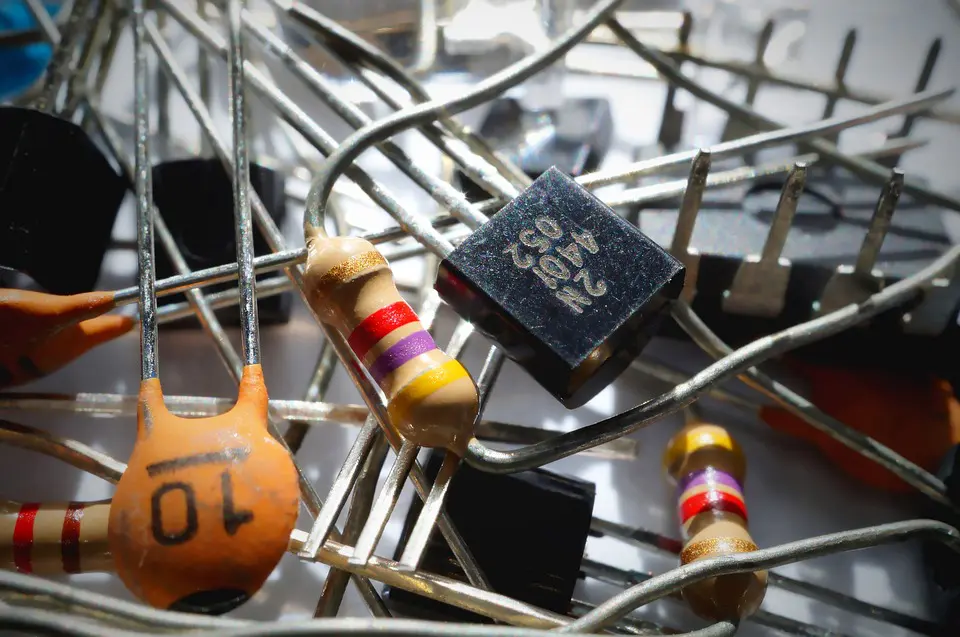Capacitors are used widely in PCB assembly and surface-mount technology or SMT. A capacitor is an electrical component with two passive terminals. It stores power in its electrical field. Capacitance is the effect of the capacitor. The capacitor was formerly known as an electric condenser. Capacitors are used extensively in different electronic equipment such as televisions and radios.

(Pixabay / Pexels)
A capacitor stores electrical charge and releases the charge as needed. It is made of two metallic plates that have a dielectric material between them. An electric field is created when a voltage is applied to the two plates of the capacitor. One plate collects positive charge, and the other collects negative charge.
A capacitor could be understood in terms of a radio clock. People expect that when there is a power outage, the radio clock will stop working. It continues working, however, because there is a backup battery that lends power until the regular supply resumes.
Capacitors in an electronic circuit work the same way as the backup battery for the radio clock. In the case of electronic circuits, there is a microcontroller that runs some programs. The microcontroller will restart if there is even a split-second drop in voltage. This could prove disastrous to the programs that are running. To avoid the effects of the restart, a capacitor is installed to provide power to the microcontroller as soon as voltage drops. It is referred to as filtering out the noise on the power line. This filtering is called decoupling, and the capacitor used for this purpose is called a decoupling capacitor. At times, it is also referred to as the bypass capacitor.
Making the capacitor’s plates bigger can increase the overall effect of a capacitor. Decreasing the distance between the two plates will also increase the capacitance because the plates will have a greater effect on each other when they get closer.
